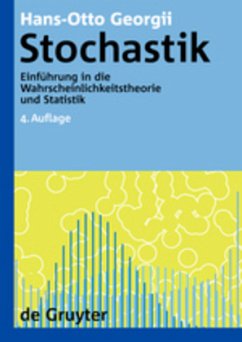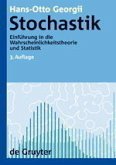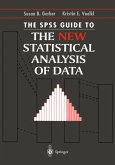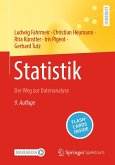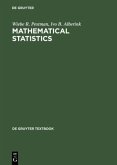Infolge der ausgesprochen positiven Aufnahme dieses Lehrbuches liegt nun die 4. Auflage vor, die nochmals weiter bearbeitet und ergänzt wurde. Das Buch gibt eine Einführung in die zentralen Ideen und Ergebnisse der Wahrscheinlichkeitstheorie und Statistik. Die stochastischen Konzepte, Modelle und Methoden werden durch typische Anwendungsbeispiele motiviert und anschließend theoretisch analysiert und systematisch entwickelt. Mit einem Stoffumfang von etwa zwei Semestern vermittelt das Buch ein solides Fundament an Kenntnissen, verwendet jedoch nur wenig Maßtheorie und wahrt dadurch seinen einführenden Charakter. Zahlreiche Übungsaufgaben illustrieren und ergänzen den Stoff. Neu in der 4. Auflage sind Lösungsskizzen für einen Teil der Aufgaben.
Review for the 3rd edition by Vladimir P. Kurenok (MathSciNet)
"The 3rd edition of the book has been further extended and improved. The textbook is based on a series of lectures taught by the author for many years at the Mathematical Institute of the University of Munich. The material of the book covers two one-semester courses in probability and mathematical statistics, respectively. All chapters are equipped with exercises of varying degrees of difficulty that help to clarify the concepts.
The first part of the book is an introduction to probability theory. The material is presented using little of the measure-theoretical background but rather application-oriented examples that preserve its introductory character. Topics range from classical probability distributions to conditional distributions and limit theorems. A short introduction to Markov chains is also given. The second part of the book gives an introduction to mathematical statistics and describes main statistical procedures: parameter and interval estimation, hypothesis testing, linear regression and basics of the analysis of variance approach.
The book can be used by undergraduate mathematics majors but also by science and engineering students who wish not only to apply probability and statistics but also to understand how the methods work."
"The 3rd edition of the book has been further extended and improved. The textbook is based on a series of lectures taught by the author for many years at the Mathematical Institute of the University of Munich. The material of the book covers two one-semester courses in probability and mathematical statistics, respectively. All chapters are equipped with exercises of varying degrees of difficulty that help to clarify the concepts.
The first part of the book is an introduction to probability theory. The material is presented using little of the measure-theoretical background but rather application-oriented examples that preserve its introductory character. Topics range from classical probability distributions to conditional distributions and limit theorems. A short introduction to Markov chains is also given. The second part of the book gives an introduction to mathematical statistics and describes main statistical procedures: parameter and interval estimation, hypothesis testing, linear regression and basics of the analysis of variance approach.
The book can be used by undergraduate mathematics majors but also by science and engineering students who wish not only to apply probability and statistics but also to understand how the methods work."

